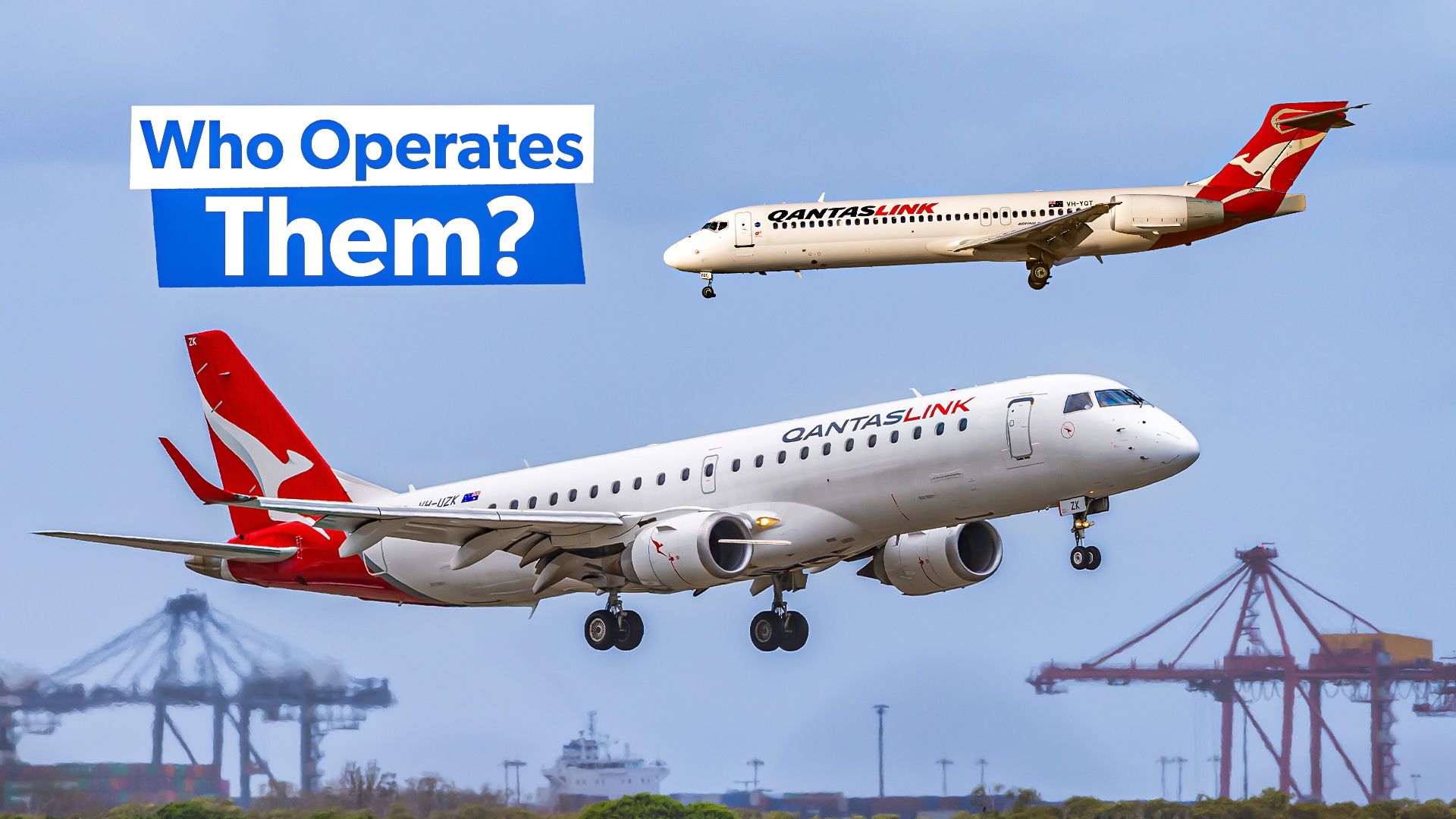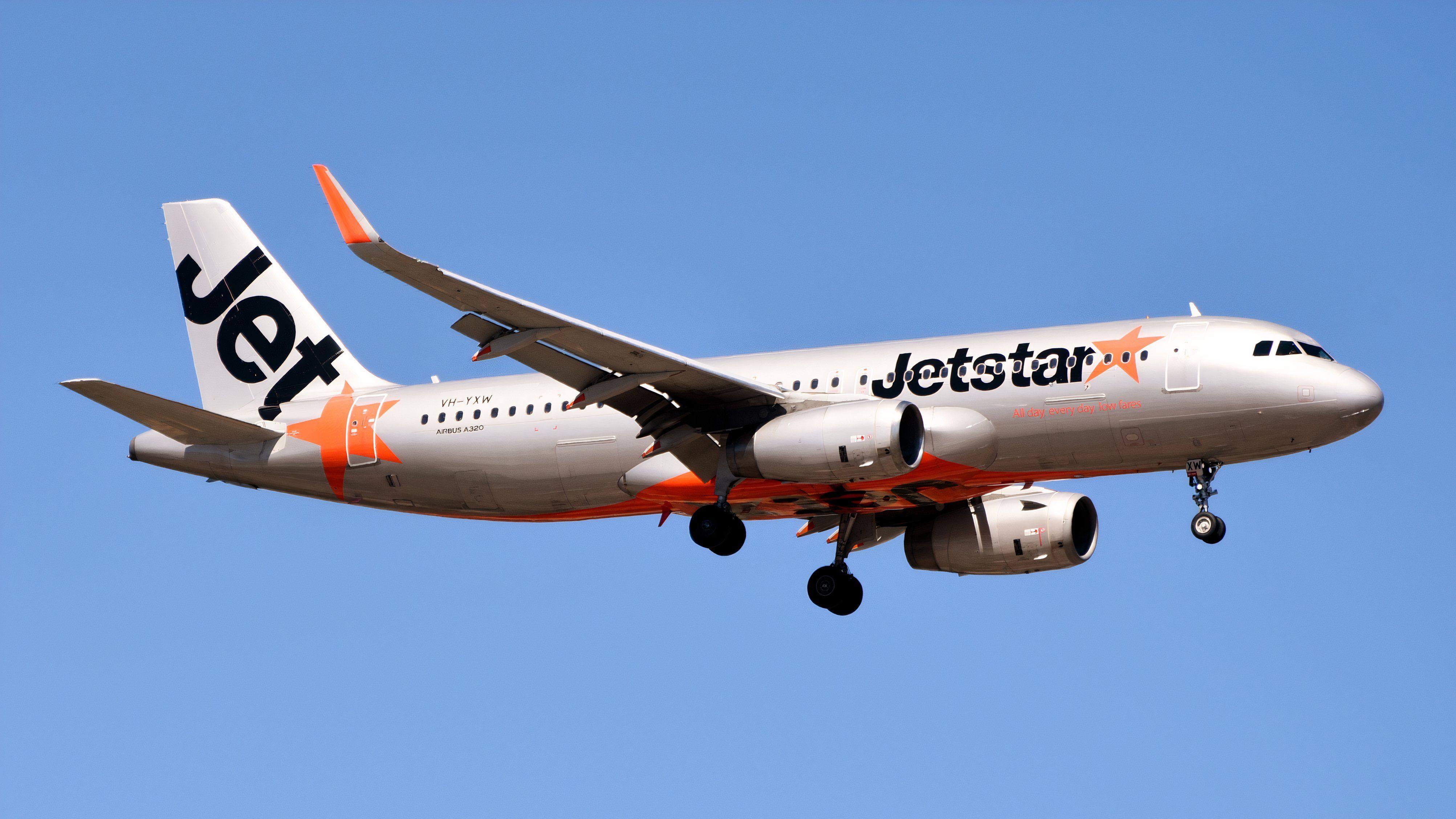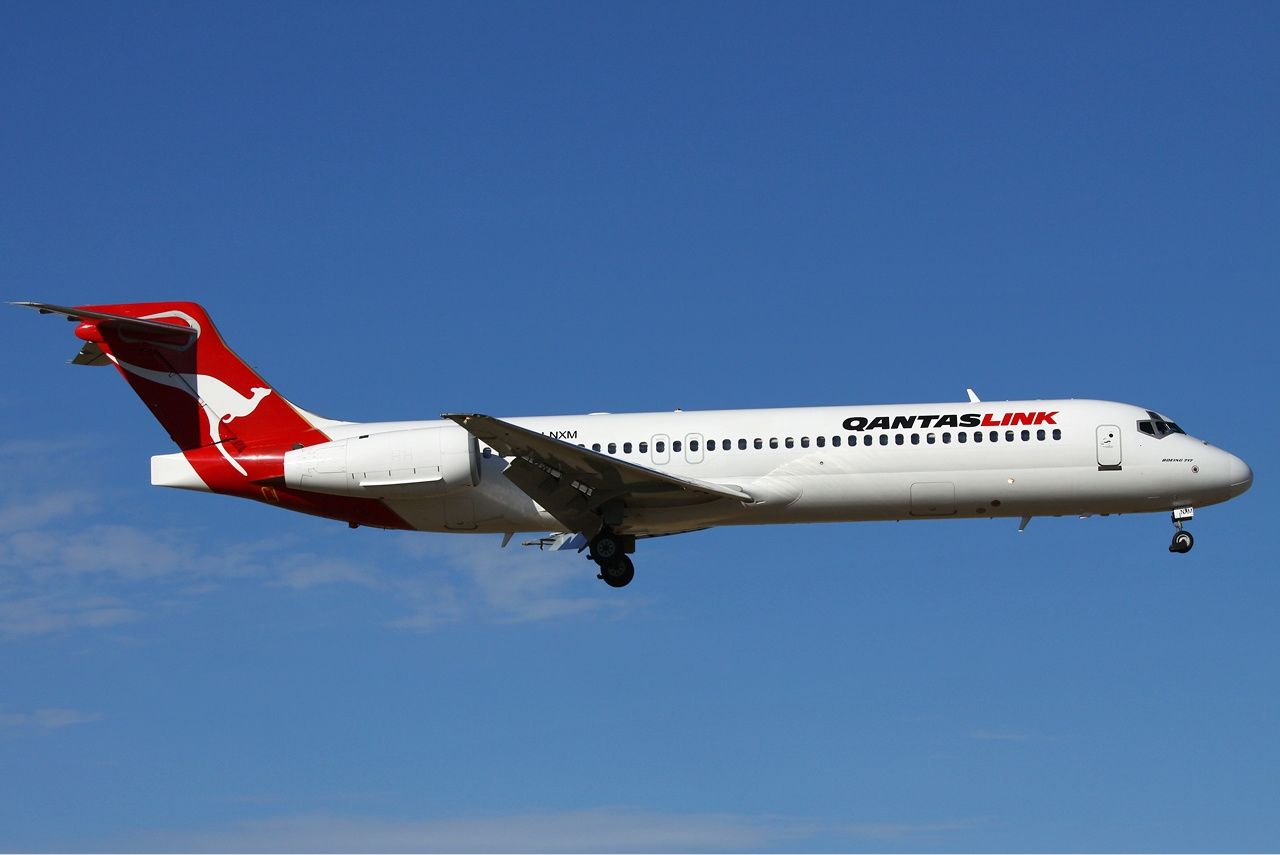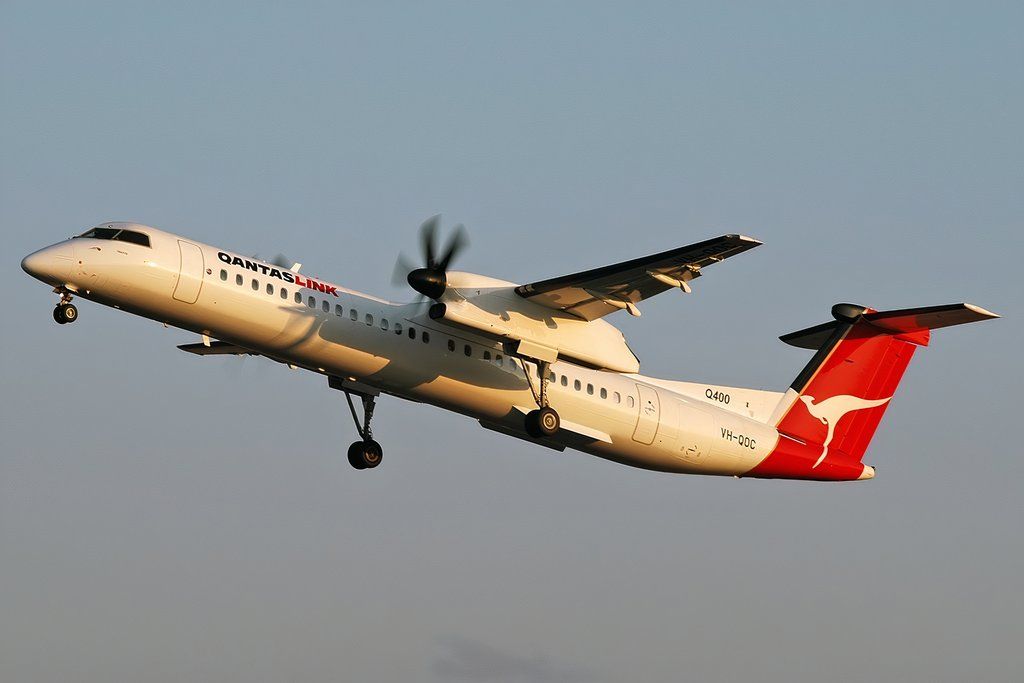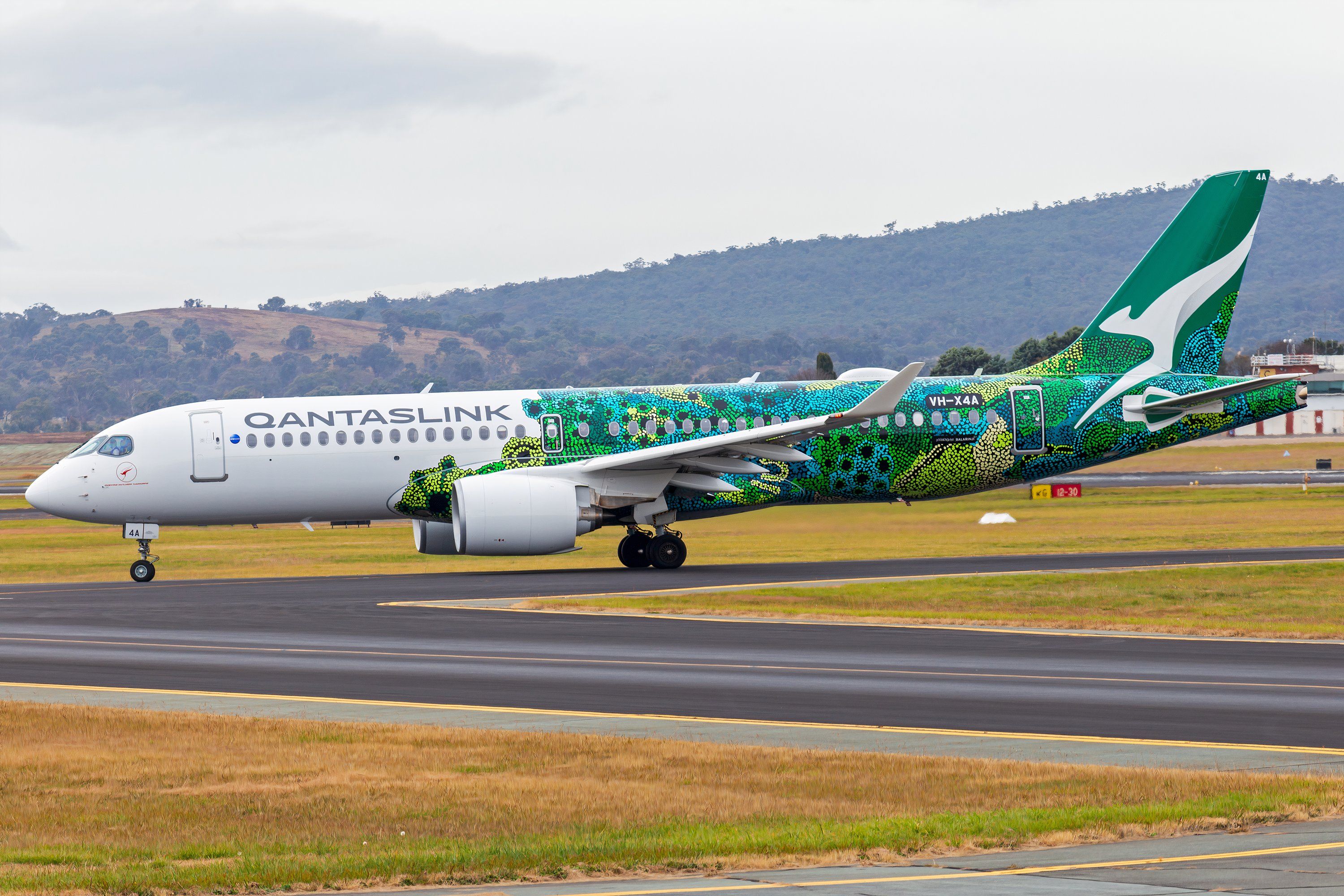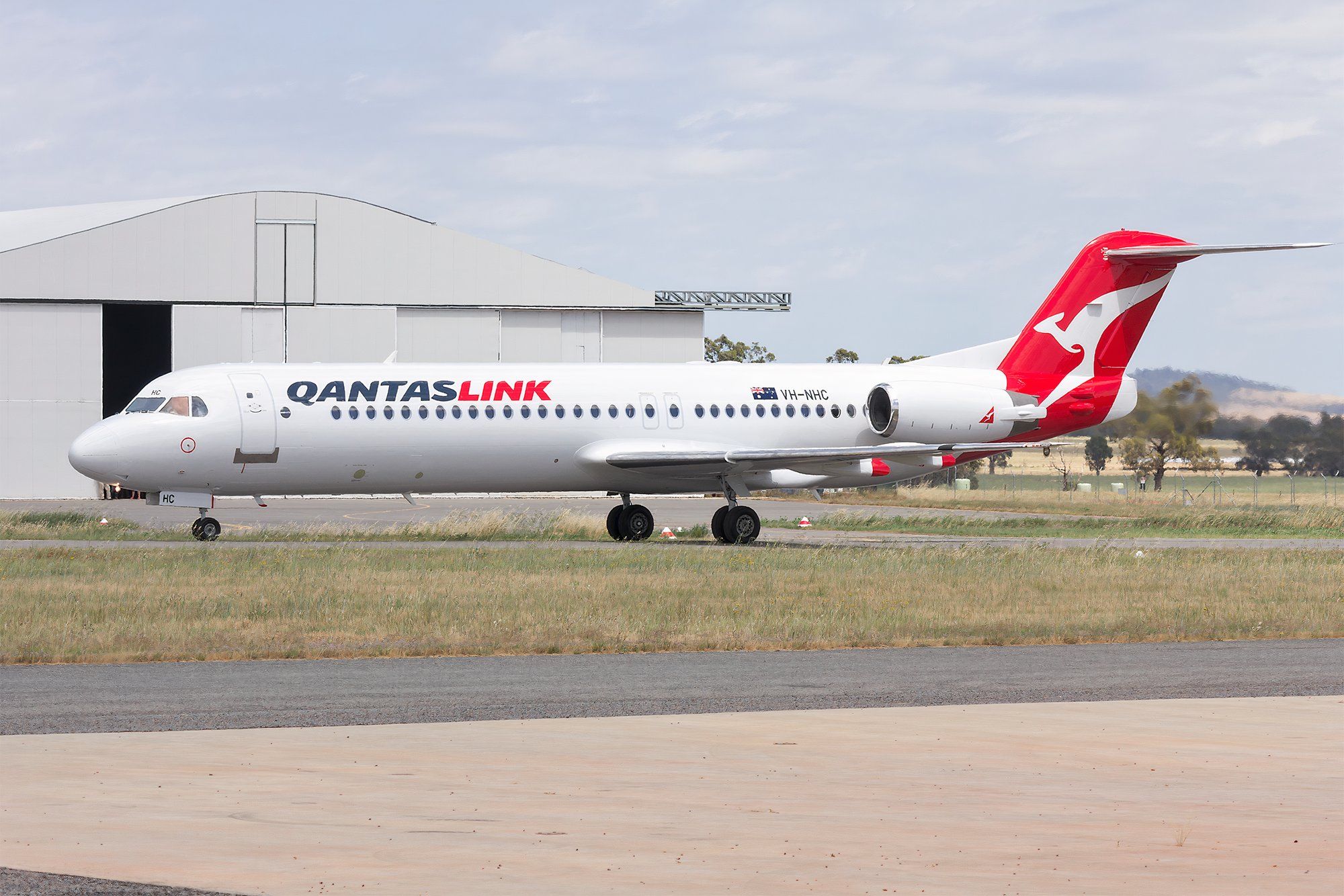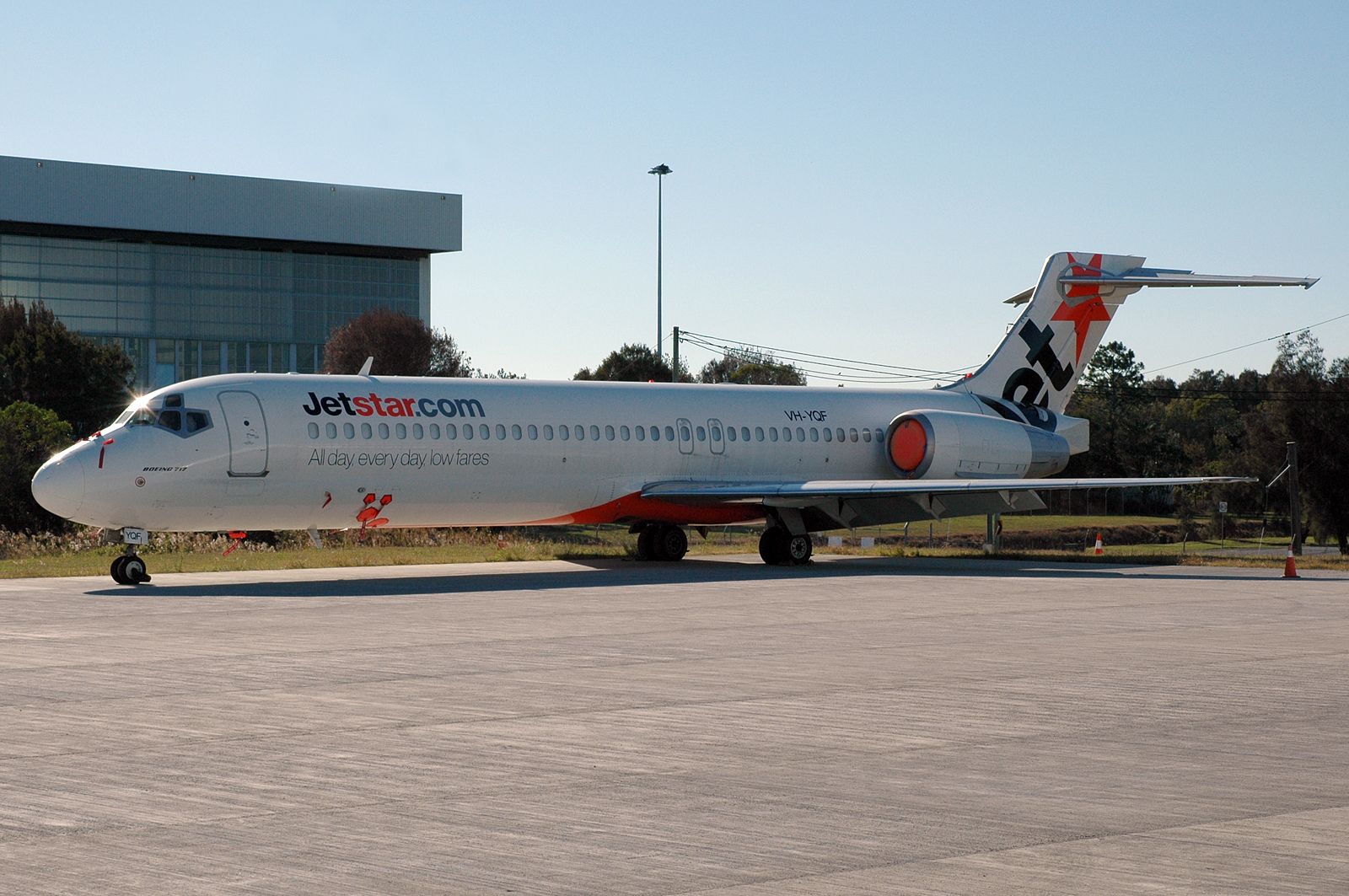Summary
- The Qantas Group serves distinct markets with Qantas focusing on premium full-service and Jetstar as the low-cost subsidiary.
- QantasLink operates a diverse fleet of aircraft through affiliated airlines, ensuring comprehensive coverage and service quality.
- QantasLink’s affiliation with Eastern Australia Airlines, Sunstate Airlines, Cobham Aviation Services, and Network Aviation contributes to its extensive regional network.
Qantas, established in 1920, is Australia’s leading airline and a pioneering force in global aviation. Its full-service regional counterpart, QantasLink, offers extensive connectivity across metropolitan and regional Australia.
QantasLink operates various aircraft through several affiliated airlines: Eastern Australia Airlines, Sunstate Airlines, Cobham Aviation Services (National Jet Systems), and Network Aviation. Each airline has a distinct history and fleet composition, contributing to QantasLink’s robust regional network.
Eastern Australia Airlines and Sunstate Airlines primarily operate Dash 8 turboprops. Cobham Aviation Services and Network Aviation include jets, such as the Boeing 717 and Airbus A320, in their fleets. The partnership between these airlines ensures comprehensive coverage and service quality across various markets, highlighting QantasLink’s role in supporting regional mobility and economic development in Australia.
Qantas & QantasLink
Qantas, the world’s third-oldest airline, was founded in 1920 as the Queensland and Northern Territory Aerial Services Limited (QANTAS). Today, the Sydney-based airline is Australia’s largest domestic and international operator and one of the world’s leading long-distance carriers. The oneworld Alliance member is also Australia’s national airline.
According to the Qantas Fact File shared by Internet Archive, the Qantas Group’s primary business is transporting passengers with its two complementary airline brands: Qantas and Jetstar. The company uses Qantas for the premium full-service market and Jetstar, its wholly owned subsidiary, for the low-cost market.
In addition to Jetstar, Qantas also maintains QantasLink, a wholly owned subsidiary and Australia’s largest regional airline. According to Qantas, the full-service regional brand operates around 2,000 weekly flights to 56 metropolitan and regional destinations across Australia.
Unlike the mainline carrier, which primarily owns and operates its own planes, QantasLink is composed of several airlines operating with various fleets under the collective brand. According to Qantas, QantasLink currently operates the following aircraft:
- Airbus A220
- Airbus A319
- Airbus A320
- Boeing 717
- Fokker F100
- De Havilland DHC-8 (Dash 8)
QantasLink flights are operated by the individual airlines in the group. While these members have changed over the years, the Centre for Aviation lists the current airlines in QantasLink as Eastern Australia Airlines, Sunstate Airlines, Cobham Aviation Services (National Jet Systems), and Network Aviation. All flights, regardless of the operator, use the IATA code QF.
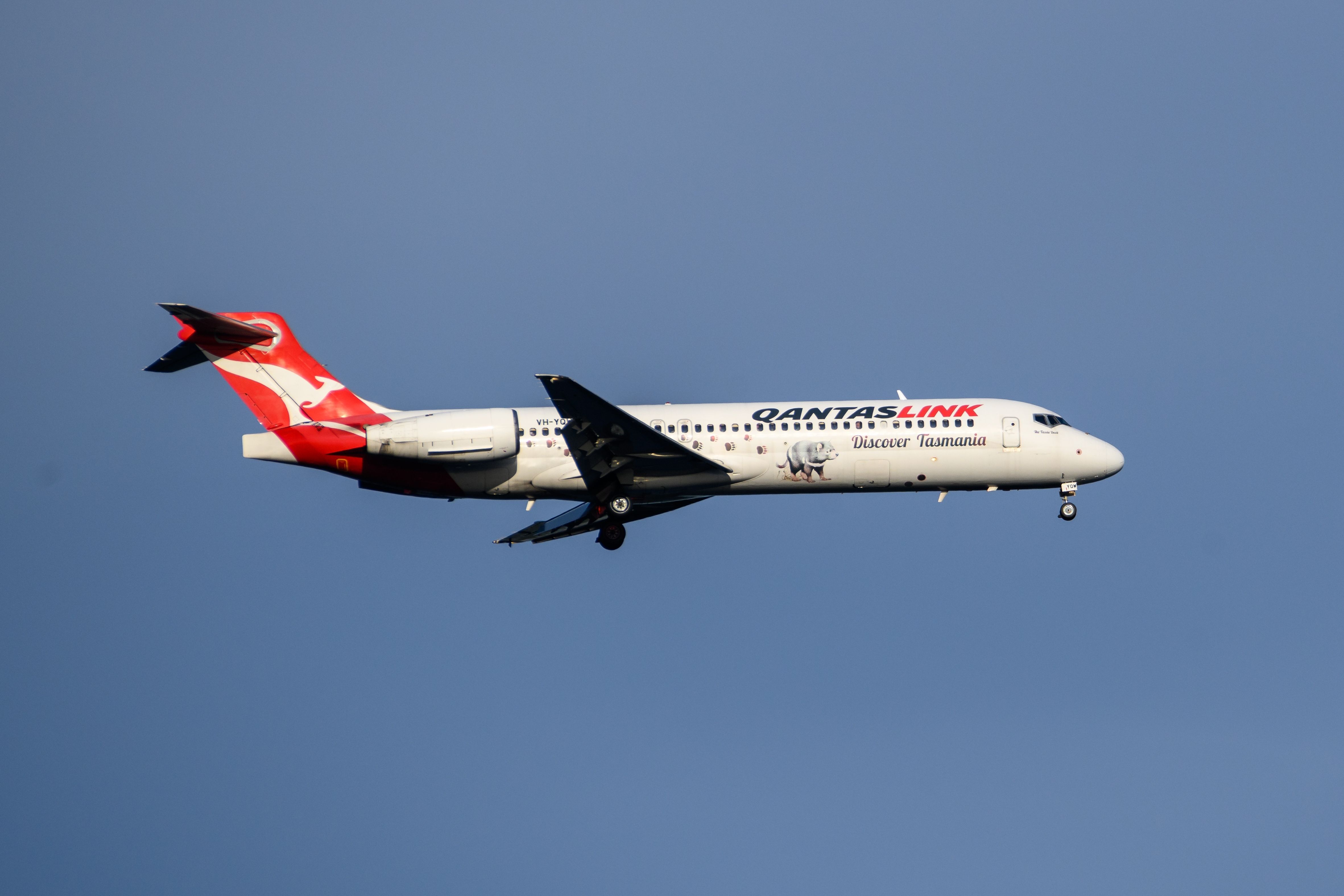
Related
What’s The Difference Between Qantas And QantasLink?
There are some key underlying differences between the two carriers.
Current QantasLink airlines
Eastern Australia Airlines
Eastern Australia Airlines began in 1949 as Tamworth Air Taxi Service. According to Aussie Airliners, the fledgling carrier had just one aircraft, which it used to provide service to small rural towns in New South Wales and Queensland.
After growing and merging with subsidiaries, the airline changed its name to Eastern Australia Airlines in 1986. In 1991, it became a wholly owned subsidiary of Australian Airlines. After Australian and Qantas merged in 1992, the latter took control of Eastern.
The airline operated under its own brand as a Qantas subsidiary for several years. In 2002, Eastern Australia Airlines was united with other Qantas subsidiaries under the QantasLink brand.
According to ch-aviation, Eastern Australia operates a fleet of 19 de Havilland Canada DHC-8s (Dash 8s) as QantasLink flights. The airline’s fleet includes several variants of the popular turboprop, including 16 examples of Q-series aircraft.
|
Aircraft |
Total |
Average Age |
|---|---|---|
|
DHC-8-200 |
2 |
28.4 |
|
DHC-8-300 |
1 |
23.8 |
|
DHC-8-Q200 |
1 |
27.3 |
|
DHC-8-Q300 |
15 |
21.7 |
Sunstate Airlines
Sunstate Airlines is another subsidiary of Qantas operating regional flights under the QantasLink banner. The airline has two Queensland bases: Brisbane (BNE) and Cairns (CNS).
Sunstate Airlines’ origins can be traced to 1975, when Noosa Airlines began operations in Queensland with a single aircraft. After Trans-Australia Airlines abandoned some routes in 1981, Noosa’s founder decided to create a second airline to cover the routes. This new airline, named Sunstate Airlines, eventually merged with Noosa in 1983.
The new Sunstate Airlines grew rapidly and was soon noticed by larger carriers. By 1990, Australian Airlines had a 100% shareholding, and Sunstate was operating with Australian Airlines flight numbers. Like Eastern Australia, Sunstate became owned by Qantas after the 1992 merger with Australian Airlines. In 2002, Sunstate became part of QantasLink.
Like Eastern Australia Airlines, Sunstate operates a fleet of Dash 8 turboprop aircraft. Unlike Eastern Australia, however, Sunstate’s fleet of 30 aircraft is composed entirely of one variant: DHC-8-Q400.
National Jet Systems (Cobham Aviation Services)
National Jet Systems was established in 1989 and commenced operations in 1990. Soon after, Australian Airlines employed National Jet to operate regional flights on their behalf, using a small fleet of British Aerospace BAe146-100 aircraft with the Australian Airlines livery and the words “Australian Airlink” on the fuselage.
In 1993, Qantas purchased Australian Airlines. National Jet Systems’ aircraft were painted with the standard Qantas livery, and the name “Airlink” was applied to the fuselage of each aircraft.
In 2005, National Jet Systems began phasing out the BAe146s and replacing them with Boeing 717-200s. By 2009, the airline was rebranded as Cobham Aviation Services Australia. In 2020, the National Jets Systems division became wholly owned by Qantas, while the other divisions remained under the control of Cobham.
National Jet System’s aircraft that are operated as QantasLink flights include some of the airline group’s newest. In addition to the six Boeing 717-200s, with an average age of 21.6 years, two new Airbus A220-300s were added to the fleet this year.
Network Aviation
Network Aviation was founded in 1998 in Perth, Australia. The air charter service originally operated “fly-in fly-out” mining operations throughout Western Australia.
In 2000, Network Aviation acquired larger aircraft, such as Embraer Brasilias and Fokker 100s. It used these aircraft to expand its network and supplement its small fleet of turboprop Cessna Conquest IIs and Beechcraft Super King Airs.
In 2011, Qantas purchased Network Aviation. The mainline carrier retained the smaller airline’s existing management, staff, and operating structure but aligned the business to Qantas operations, standards, and processes.
In 2015, turboprop operations ceased. Network Aviation began operating additional Qantas routes with its newly purchased Fokker 100s, which were repainted with the QantasLink livery. In September 2016, Network Aviation became an affiliate member of the oneworld Alliance.
Network Aviation has a fleet of 34 aircraft operating QantasLink flights. Like Cobham/National Jet Systems, Network has modern jet aircraft in its fleet, including Airbus A320s. However, these aircraft are much older than those acquired by Cobham earlier this year, with an average age of 19.4 years.
|
Aircraft |
Total |
Average Age |
|---|---|---|
|
A319-100 |
3 |
19.2 |
|
A320-200 |
15 |
19.4 |
|
Fokker 100 |
16 |
31.0 |
Former QantasLink members
Impulse Airlines
Impulse Airlines was created in 1994 when Port Macquarie-based Oxley Airlines was purchased and renamed Impulse Airlines. The airline grew quickly, amassing a fleet of Beechcraft 1900Ds and Boeing 717-200s, which it operated on various regional routes.
In May 2001, Qantas acquired Impulse Airlines and began using the carrier’s 717s on flights from Sydney and Melbourne. Initially, QantasLink used both the Beechcraft and Boeing aircraft. However, by 2002, the Beechcraft fleet had been withdrawn from QantasLink operations.
The focus was placed on expanding the 717 fleet, which had now reached 14 aircraft. When Impulse Airlines ceased operations in 2004, its 717s were passed to Qantas’ low-cost carrier Jetstar.
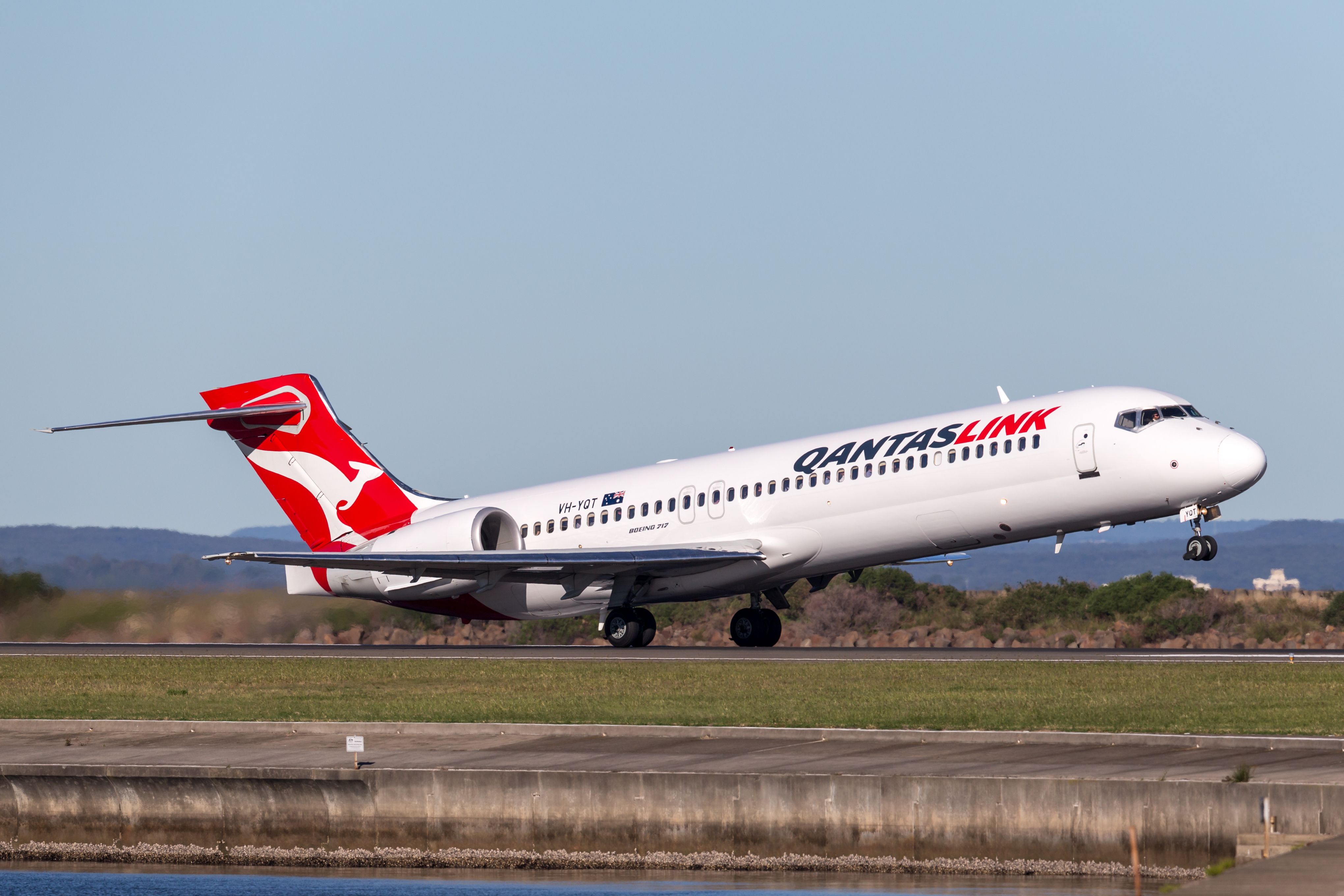
Related
Which Airlines Are Still Flying The Boeing 717?
The rear-engined twinjet is a relatively rare sight in today’s airline industry.
Southern Australia Airlines
Southern Australia Airlines began operations in 1992 under Australian Airlines. Southern Australia used its new fleet of de Havilland Canada DHC-8-100s, more commonly known as Dash 8s, to operate regional routes for the larger carrier. In 1996, the airline added jet aircraft to its fleet with the purchase of a pair of Bae146s.
In 2001, Southern Australia Airlines was rebranded as QantasLink. In September 2002, the Dash-8 fleet was transferred to Eastern Australia Airlines, and the BAe146 fleet joined National Jet Systems’ “QantasLink” operation.

